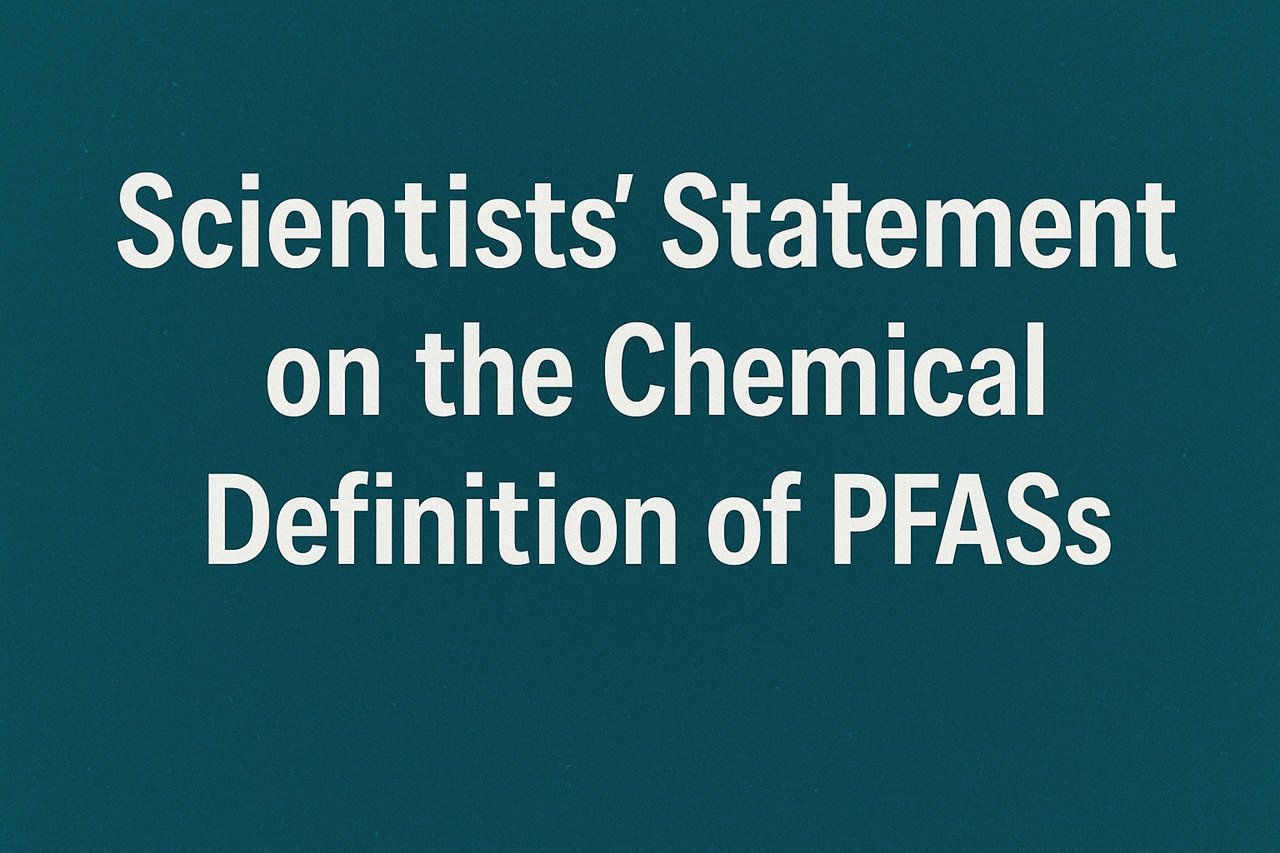A group of scientists specializing in per- and polyfluoroalkyl substances (PFASs) has issued a statement supporting the current chemical definition of PFASs established by the Organisation for Economic Co-operation and Development (OECD). The authors argue that the OECD definition is scientifically valid, unambiguous, and appropriate for identifying PFASs, and warn against efforts to redefine PFASs through alternative frameworks, including one under discussion by the International Union of Pure and Applied Chemistry (IUPAC).
The OECD defines PFASs as fluorinated substances containing at least one fully fluorinated methyl (−CF3) or methylene (−CF2−) carbon atom without hydrogen, chlorine, bromine, or iodine substitutions. This inclusive chemical definition encompasses a wide range of substances, including fluorinated gases (F-gases), trifluoroacetic acid (TFA), and various fluorinated polymers such as fluoropolymers, perfluoropolyethers, and side-chain fluorinated polymers.
According to the statement, the OECD’s 2021 definition was developed through a peer-reviewed process with contributions from academia, regulatory authorities, and industry. It closed earlier gaps in classification and does not dictate regulatory actions but serves to consistently identify PFASs based on structure alone.
The scientists caution that redefining PFASs to exclude certain subgroups—such as short-chain PFASs, fluorinated polymers, or compounds used in pharmaceuticals and pesticides—could lead to inconsistencies in international regulations. They emphasize that while jurisdictions may apply exemptions based on policy goals, such decisions should not alter the foundational chemical definition.
“Claims that certain PFASs are needed to fulfill public health, climate, and infrastructure goals are unrelated to the chemical definition of PFASs,” the authors write. “The chemical definition for the general identification of PFASs should not change because of such specific needs, and it is misleading to propose otherwise.”
The group warns that competing definitions may disrupt standardization, delay compliance monitoring, and complicate the application of analytical methods like “Total PFAS” measurements. They advocate for continued use of the OECD definition to support regulatory harmonization and scientific clarity across jurisdictions.
